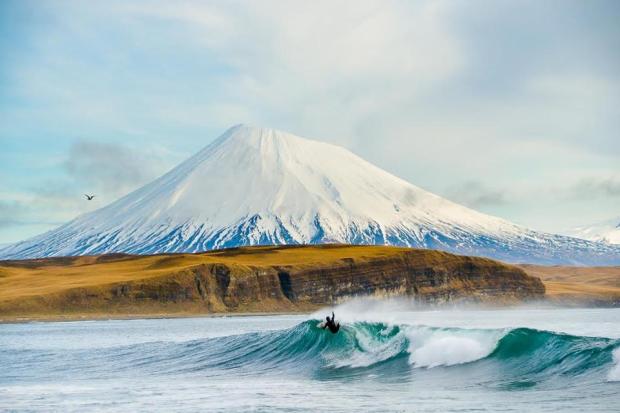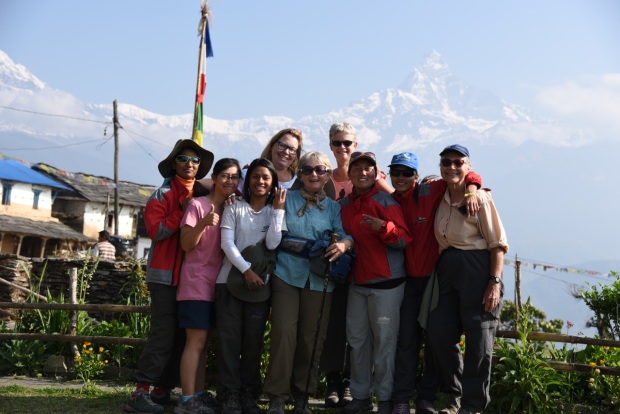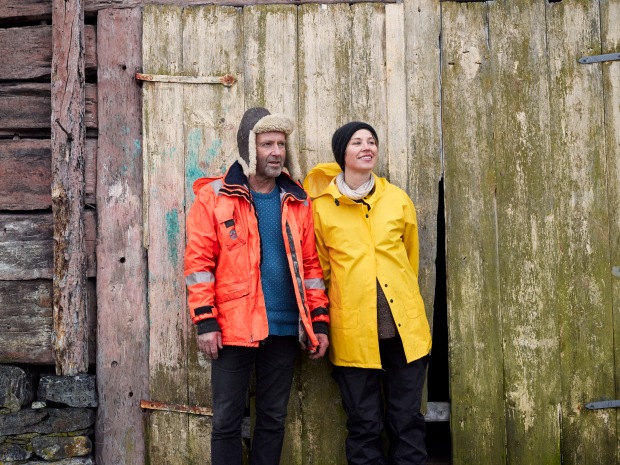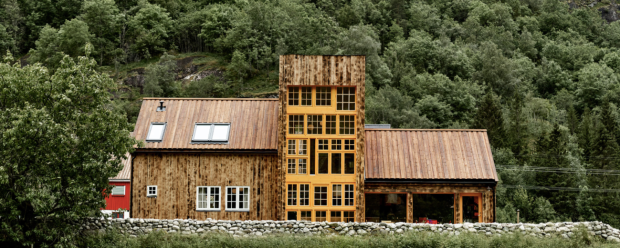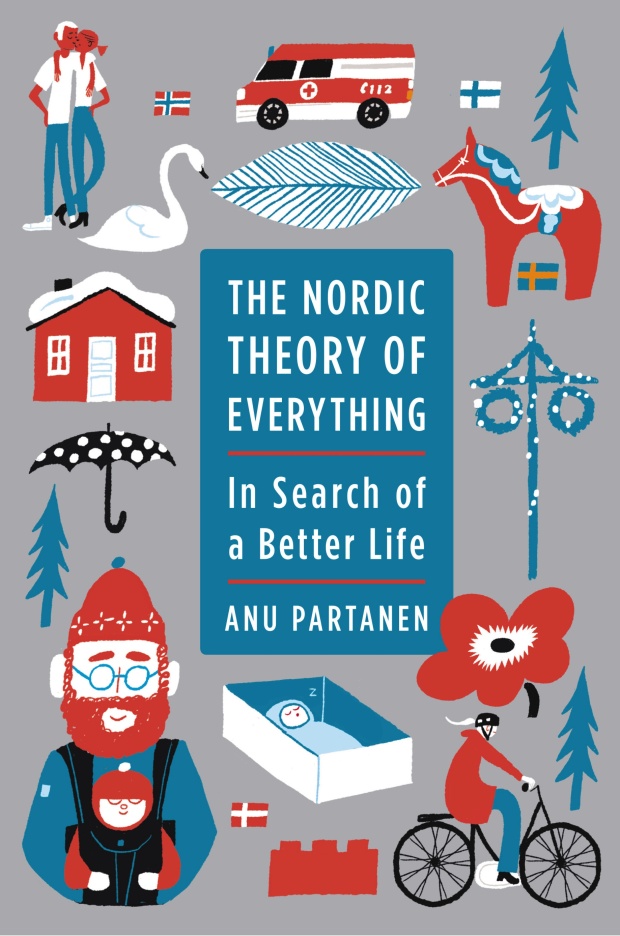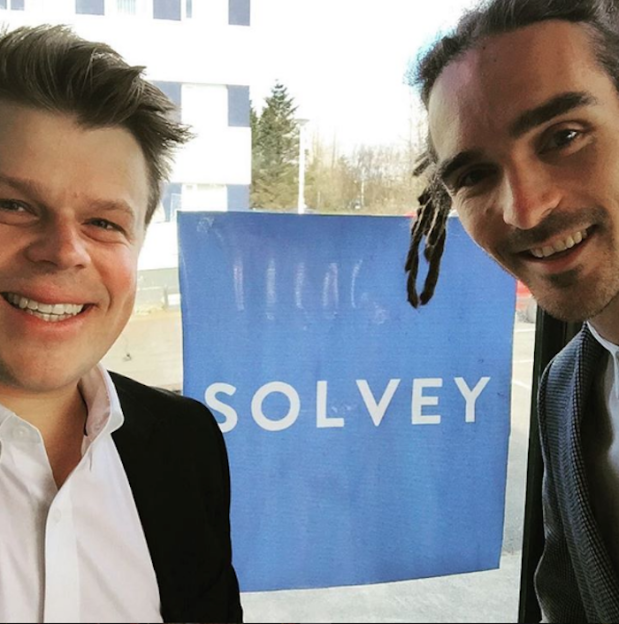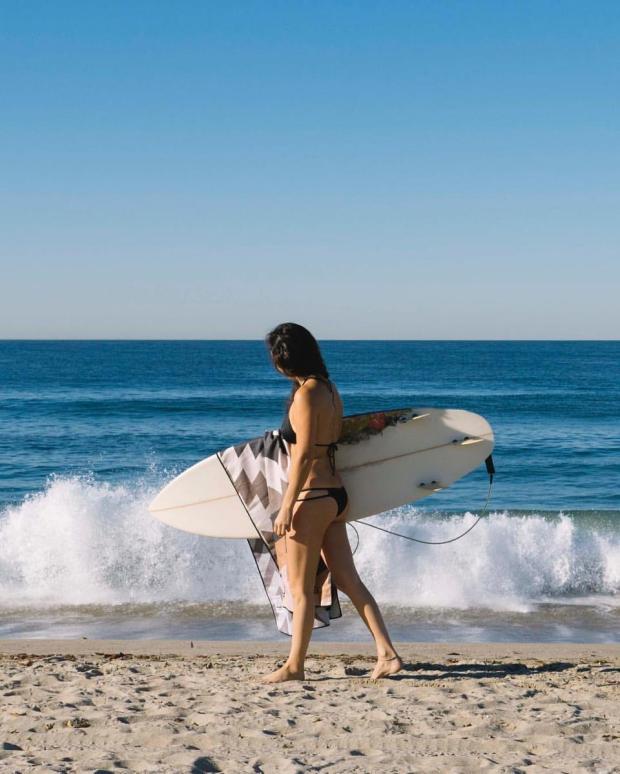
Three friends started a company, Nomadix, based on one product — a towel made of recycled plastic. Three years in, they’re in REI, Urban Outfitters, and over 100 boutiques, surf shops, and yoga studios. And their approach to growth is, ironically, slow down.
Chace Petersen, Zack Helminiak, and Hunter Robinson are accidental business partners. After years of camping, surfing, and having an outdoor lifestyle together, the trio realized that there was increasing plastic waste in the ocean, and trash littered at their favorite surf spots. Eliminating all the waste would be too hard, so they decided to hone in on single-use plastic water bottles, Helminiak says.
“Plastic pollution is a major problem for oceans and wildlife, which Nomadix and our customers seek to protect.”
Nomadix was born out of necessity, he says. The founders travel regularly, having visited about three dozen countries collectively and towels, they realized were either too niche or made of rubbish quality.
Read the full story on Forbes.com.


